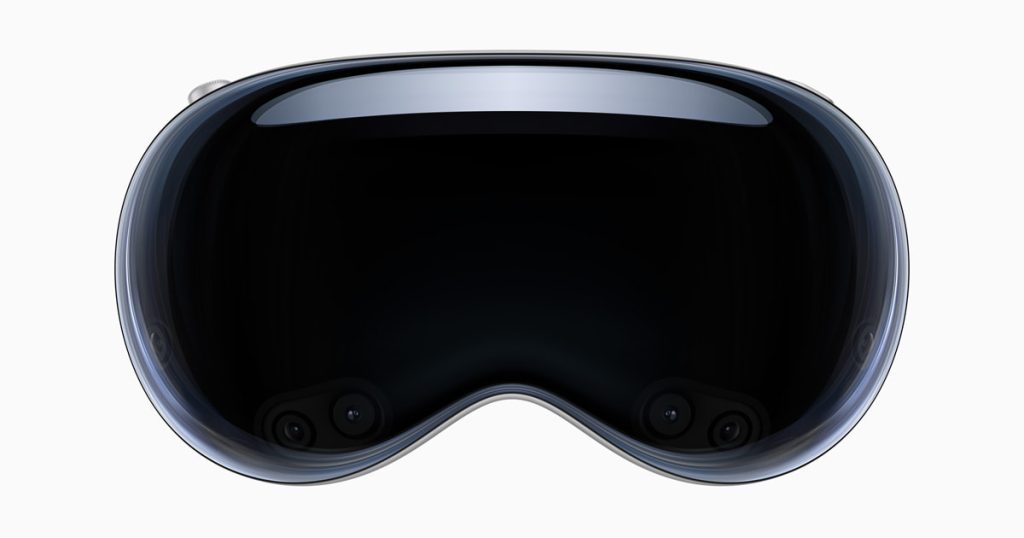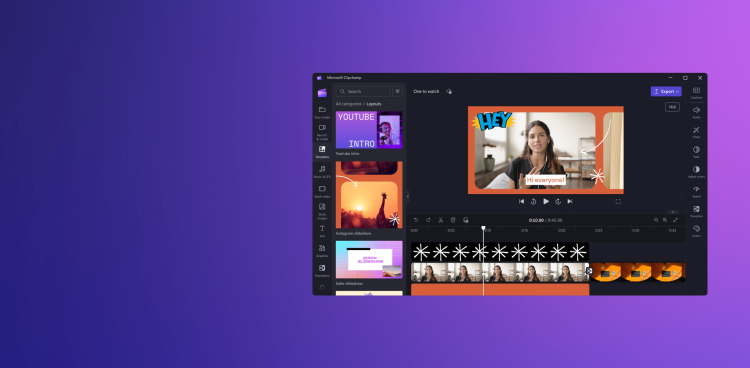Youtube has consumed a good part of my days for more than a decade. As a teen-ager, I used the video-streaming platform to scrounge for crumbs of knowledge, watching free lectures on everything from algebra to literary modernism.
Now I navigate to the YouTube app on my television most mornings to watch the news. I stream workout videos. I listen to music. I watch celebrities give tours of their garishly decorated mansions. Sometimes I stay on the site for hours, lost in the maze of memes, dinner ideas, and all manner of distraction.
Within this online learning environment, a number of educational content creators have become highly successful in terms of video views and the numbers of people subscribing to their channels.
For example, at the time of writing, Minute Physics—an early trend-setter in science content on YouTube—has over 5 million subscribers and over 440 million views.
Vsauce—another early pioneer in casual learning-oriented content—has close to 16 million subscribers, and over 1.8 billion views.
CrashCourse—a learning channel launched by Hank and John Green in 2012—has nearly 11 million subscribers, and over 1.2 billion views.
And Khan Academy an early leader in simple video-based educational instruction—has over 5.7 million subscribers and 1.7 billion views.
Once you know which keywords you want to target, it’s time to optimize your profile. This will involve completing your data fields and including keywords in the right places.
For example, you might want to add an important keyword to your YouTube Channel name. If you were to build a YouTube channel around SEO (search engine optimization) tips, having a channel named “SEO Guru” rather than “Kyle’s Channel” would give you a significant bump in the search results.
Complete your “About Us” section. Add any relevant keywords you can, especially in the first 48 characters (since this will be displayed in YouTube search results). Above its search value, your profile page is a good place to tell brand-new visitors what you’re all about.
Don’t expect them to browse through all your videos to know what you have to offer—tell them exactly what they can find on your channel.
YouTube approaches video advertising through an opt-in ad program named TrueView. TrueView includes two types of ads: in-stream and video discovery. With in-stream ads, the viewer only has to watch the first five seconds and then can skip the rest of the ad. The supplier pays only in case the user watched for over 30 seconds or clicked on an entity on the screen related to the ad.
Video discovery ads are advertisement videos listed on the page along with other content and charged for only when the user clicks on them.
TrueView ads are currently one of YouTube’s revenue growth drivers, along with Google Preferred, which allows advertisers to pay to place their ads on high-performing videos on the site and features the content in nine different categories: Beauty, Fashion & Lifestyle, Sports, Music, Gaming, Comedy, Parenting, Science, and News.
Through years of refinement, Google began to embed targeted advertising directly into the video clips its users watched and promoted featured content. This was later replaced by running paid ads before a video started playing. The company has also recently added the “two-ads” feature, which shows two ads simultaneously, to boost potential revenue from the content.
But this is not the only revenue source for the platform. YouTube also pulls in money through its subscriber-based model — now called YouTube Premium (previously YouTube Red), Music Premium service, and pay-TV service.
This service offers users exclusive benefits, like removing ads, and charges subscribers a regular subscription fee. As of 2017, Alphabet no longer breaks down revenue by platform, so it is unclear exactly how much money YouTube brings in. However, as of 2019, YouTube is believed to have generated around $15 Billion for Alphabet — about 10% of its annual revenue. Not too shabby.
Pay per View
A lot of YouTube content is available on a pay-per-view basis. These include movies, shows, and other video content that can be purchased or rented for viewing at a low cost.




